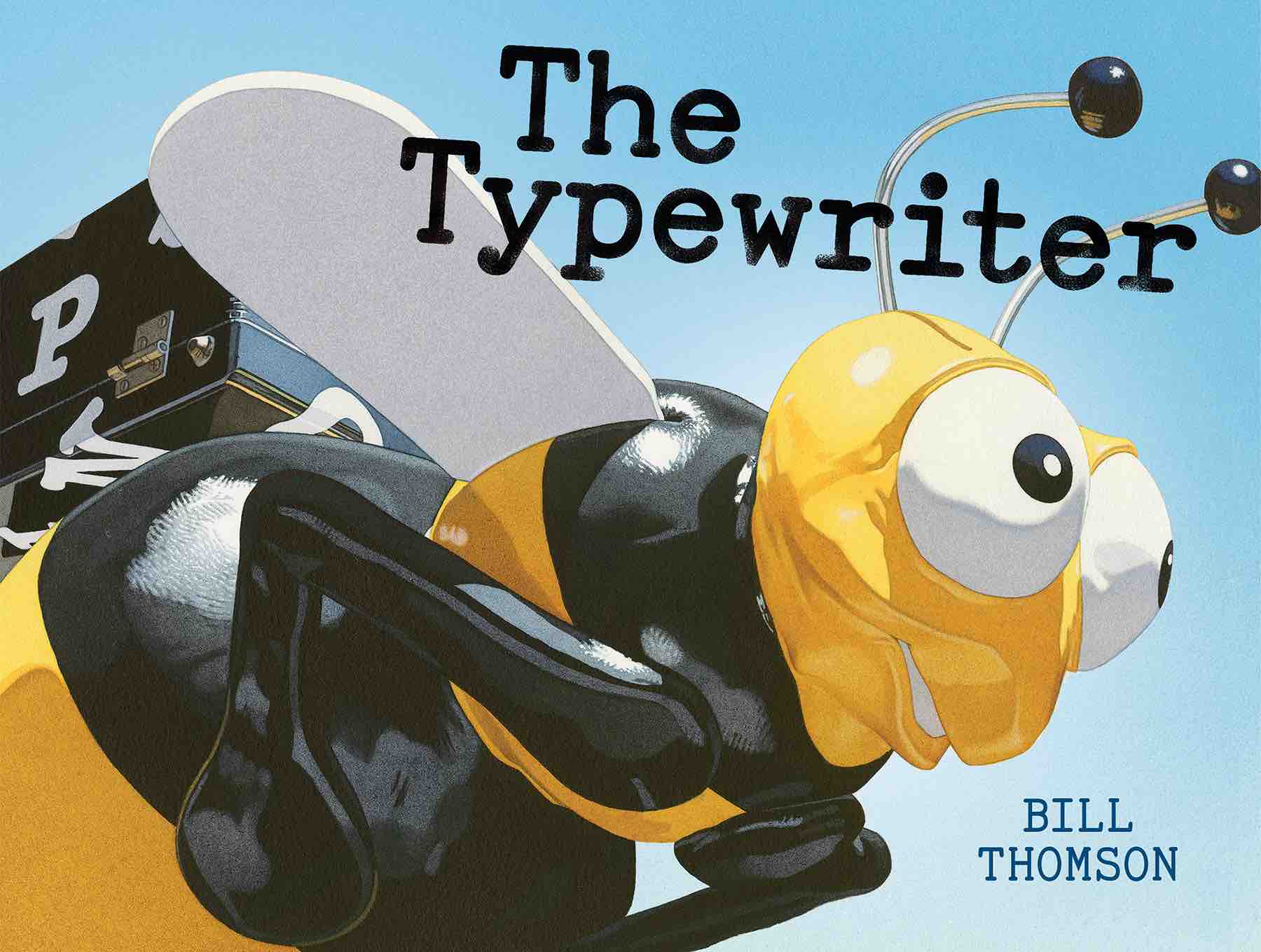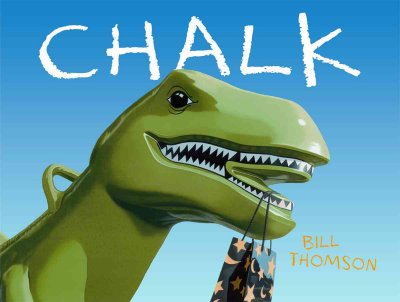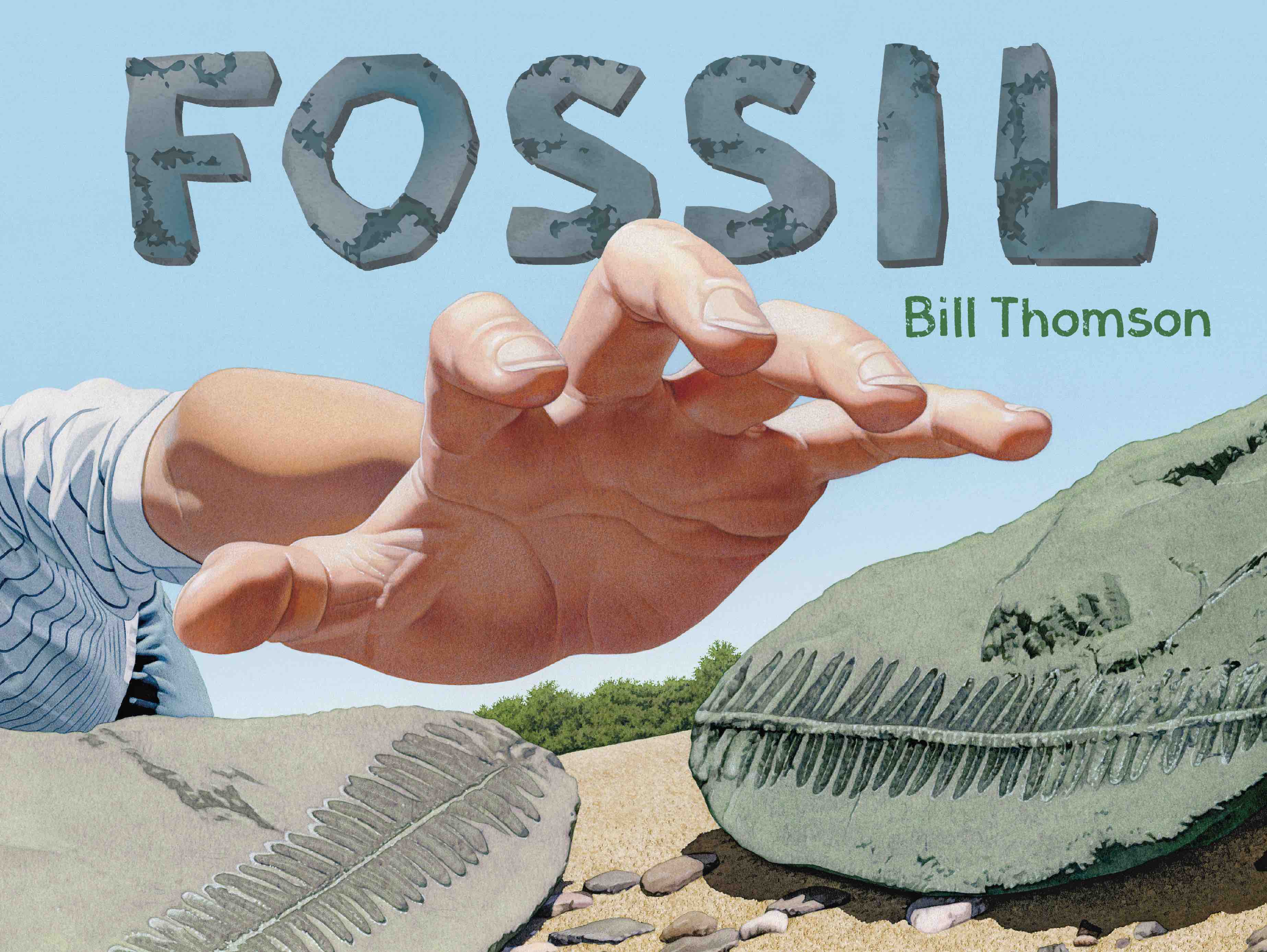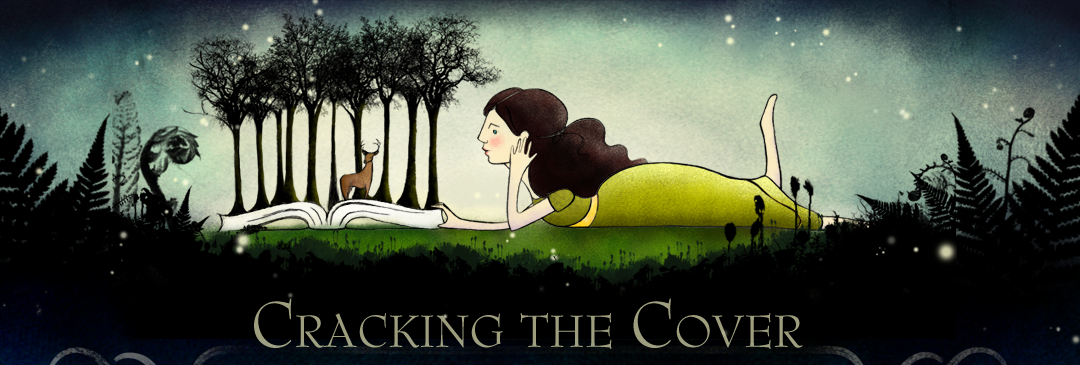 Sometimes you have to put what you love on hold for something that offers more financial security, but for Bill Thomson, the nearly 20-year wait paid off.
Sometimes you have to put what you love on hold for something that offers more financial security, but for Bill Thomson, the nearly 20-year wait paid off.
Bill’s life changed dramatically when he accepted a university faculty position teaching illustration. For the first time in his life, he had the freedom to pursue work that he loved — children’s literature. Three years later, “Karate Hour,” written by Carol Nevius and illustrated by Bill was published. Since then, he has illustrated three more books written by Carol and three that he both authored and illustrated.
“I absolutely cherish the opportunity to entertain, engage and inspire young readers through my work — I can’t think of a better way to use the talents God gave me,” Bill told Cracking the Cover.
The illustrator’s latest book, “The Typewriter,” completes a trilogy of wordless books that apply imagination to different elementary school subjects. In the first two books, “Chalk” applied imagination to art and “Fossil” blended imagination and science. “The Typewriter” celebrates the power of words.
 A wordless book that celebrates words seems like an oxymoron, but when you delve into Bill’s story, it makes perfect sense. “I initially wanted to create a book that explored writing, but I wasn’t sure of what my approach would be,” he said. “Then one day I was answering emails and looking at my keyboard. I considered how quickly digital technology has become the norm in our lives, and how many children are probably not even aware of typewriters.”
A wordless book that celebrates words seems like an oxymoron, but when you delve into Bill’s story, it makes perfect sense. “I initially wanted to create a book that explored writing, but I wasn’t sure of what my approach would be,” he said. “Then one day I was answering emails and looking at my keyboard. I considered how quickly digital technology has become the norm in our lives, and how many children are probably not even aware of typewriters.”
Bill began researching vintage typewriters, looking for a model that could easily be handled by a child, but would also be visually interesting. What he found was an Underwood Universal Portable Typewriter from the 1930s. He found one on eBay and refinished the beat-up carrying case with a reflective surface and letters adorning the exterior to make it more captivating.
“In addition to making readers appreciate the limitless power of words, I hope this book will also generate discussions about writing instruments that were used before keyboards and screens,” he said.
 With the right typewriter in mind, Bill wrote a synopsis and developed “The Typewriter’s” storyline. He followed that with thumbnail sketches. “Without the support of words, the illustrations need to be clearly and easily understood by young eyes and minds,” he said. “Because I want readers to accept fantasy as plausible, I work very realistically. It is critical that everything is presented equally convincingly — if one thing is off, the entire illustration will lose credibility.”
With the right typewriter in mind, Bill wrote a synopsis and developed “The Typewriter’s” storyline. He followed that with thumbnail sketches. “Without the support of words, the illustrations need to be clearly and easily understood by young eyes and minds,” he said. “Because I want readers to accept fantasy as plausible, I work very realistically. It is critical that everything is presented equally convincingly — if one thing is off, the entire illustration will lose credibility.”
For “The Typewriter,” Bill took nearly 12,000 photographs. Those provided him with visual information for everything seen in the book. “Looking at the best elements from many photos, I create a very precise pencil drawing with every aspect of the illustration worked out,” he said. “Then I paint a monochromatic under-painting to establish all of the values. Then I glaze color on top with acrylic paint. And finally, I go over everything again with colored pencils.”
Creating “The Typewriter” took dedication. Bill took a sabbatical from teaching, and painted at least 14 hours every single day for a full year. Each illustration took between 125 and 150 hours to paint. He spent more time on this book than anything he’s ever done.
 “The Typewriter” was a true labor of love, Bill said. One he hopes young readers will enjoy and that teachers will find to be a useful classroom tool.
“The Typewriter” was a true labor of love, Bill said. One he hopes young readers will enjoy and that teachers will find to be a useful classroom tool.
“Wordless stories like ‘The Typewriter’ require reader participation and offer the opportunity to create a unique narrative, interpreting what is seen in the illustrations and informed by each viewer’s life experiences,” Bill said. “This allows young readers to develop an understanding of story structure, establish characters and settings, and hone prediction, sequence and inference skills. Working realistically, I also hope to make the incredible seem believable and engage readers in my visual stories.”
“I try to create stories that my own children would have liked. I also try to include things that kids can relate (carousels, ice cream, etc.) to establish a level of familiarity before transitioning into the fantasy. Along with the bold images, I hope this engages kids and makes them feel like participants in the story.”
*Learn more about Bill Thomson, including how his children influenced his career, by reading the complete transcript of his interview with Cracking the Cover.
Bill Thomson is the creator of “Chalk” and “Fossil” and the illustrator of “Baseball Hour,” “Karate Hour,” “Soccer Hour” and “Building with Dad,” all written by Carol Nevius. Bill lives with his family in Southington, Conn., and is also a professor of illustration at the University of Hartford. To see more of his artwork, visit: www.billthomson.com. Download a CCSS-aligned curriculum guide.

1 Comment
THANKS so much for your wonderful interview and article, Jessica!